Drawing trees…
And this is the fourth in a series, from https://tim.girvin.com/Entries/index.php.
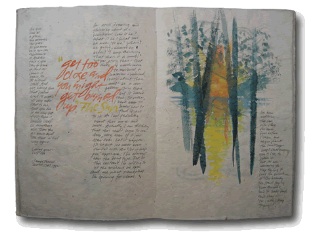
There is the gesture — the drawing in place — of how trees fill up the space, and the place, in which they live.
In looking at the patterning of the tree, have you noticed how the green fills the place of their being? What I mean is that the green of the tree somehow “knows” how to fill the space of their “being”. The very existence of the place fills out the volume of how — and where — they live.
Studying the tree, you can see how it fills up the presence that it holds — looking at the openings that surround a tree, it reaches out, gathers the light, and holds that energy in building out the richness of the foliage — its living growth in the space. Green goes. And grows.
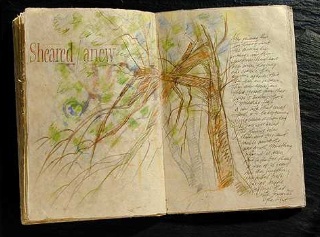
And speaking of gestures, my exploration of trees has been about drawing them — in dozens of books, journals, over time.
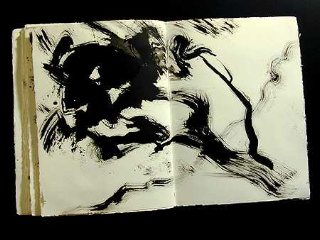
But in some of them, the drawing is less about exploring the idea of the space that they hold, but about the space that they do not.
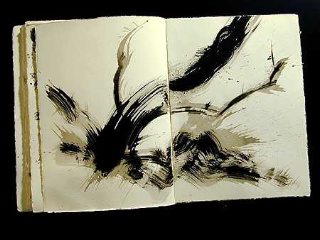
In classical Chinese and Japanese painting, the character of the rendering — the spirit of it — is about drawing with the strokes of the brush in the character of something that is not there. It’s less about the black-inked delineations of the sumi-yeh, drawn stroke, it’s about the white that shows more — the paper that shows the presence of the object.
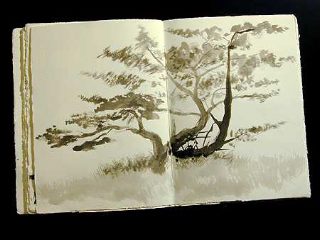
It’s about drawing what’s not there, by drawing what’s there — and leaving the rest, to imagining.
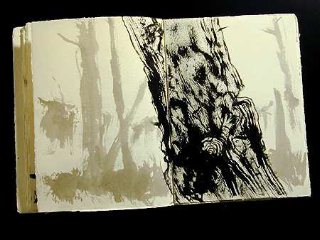
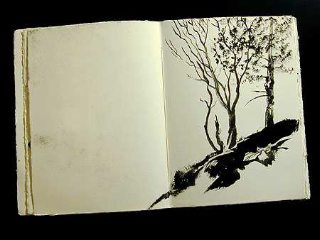
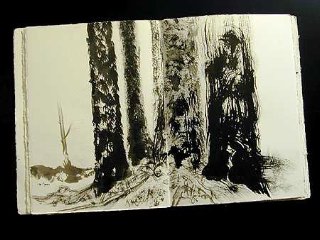
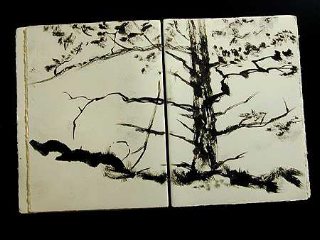
When I look at anything. I look for what’s there.
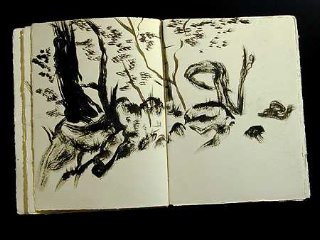
And what’s not. And draw the space in between.
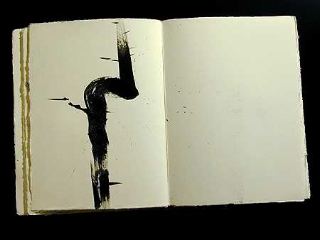
Do you draw what you see, or what you don’t — and merely imagine?
tsg | decatur island
—-
https://tim.girvin.com/Entries/?p=252
https://tim.girvin.com/journals/index.html
Fantastic drawings and great post as always, Tim.
I’m doing motion exercises to introduce calligraphy to my new typography students this year; for that I put together a paper on the ‘Labanotation’ framework — take a gander: http://www.as8.it/handouts/Labanotation.pdf